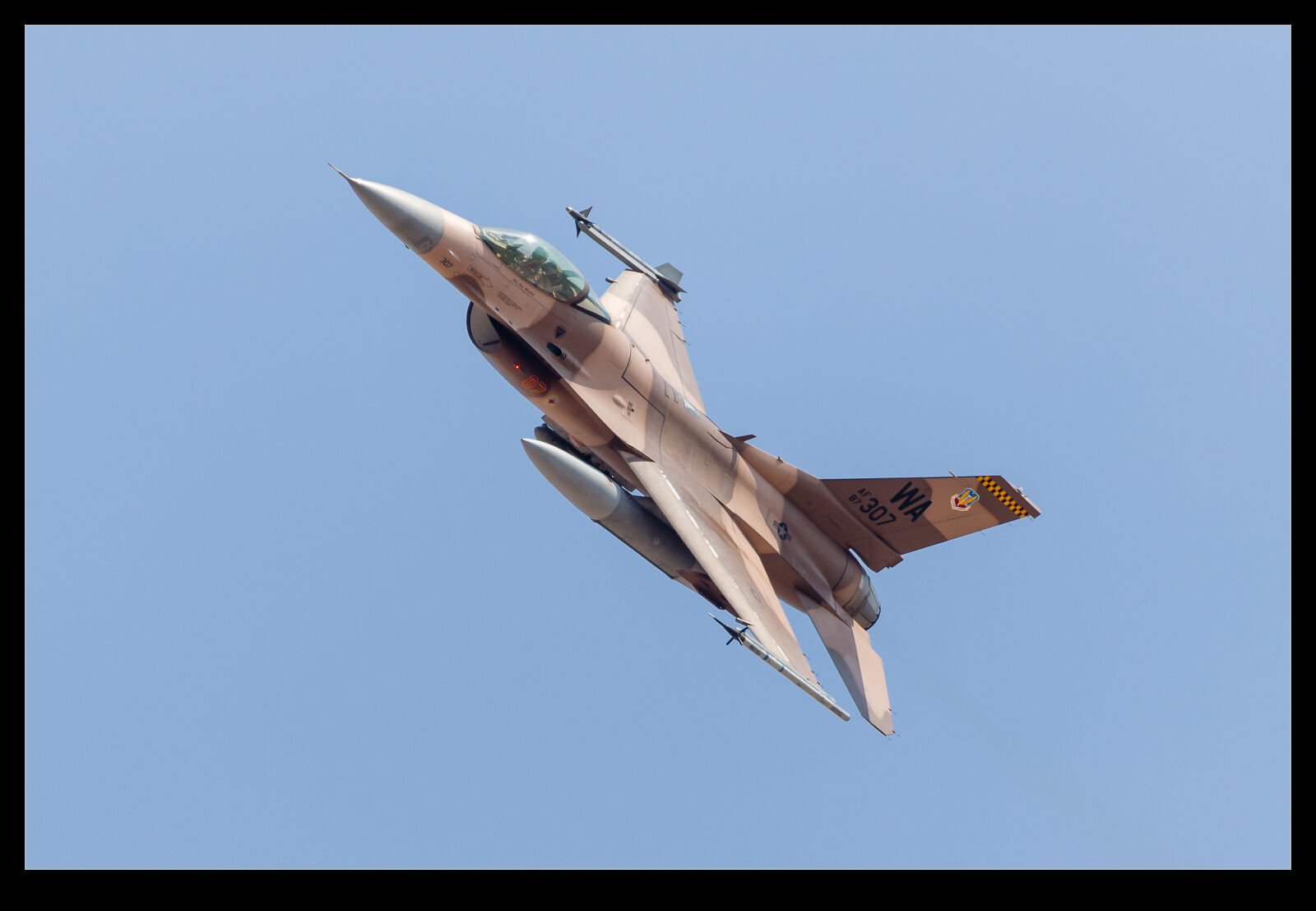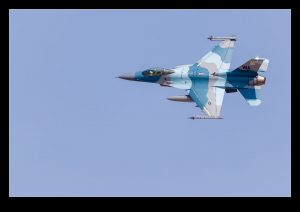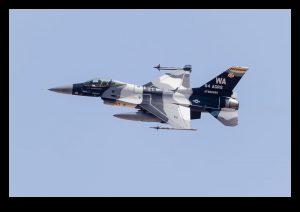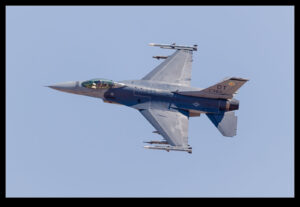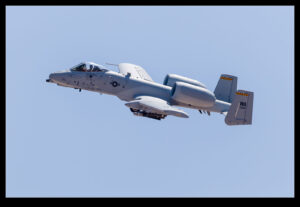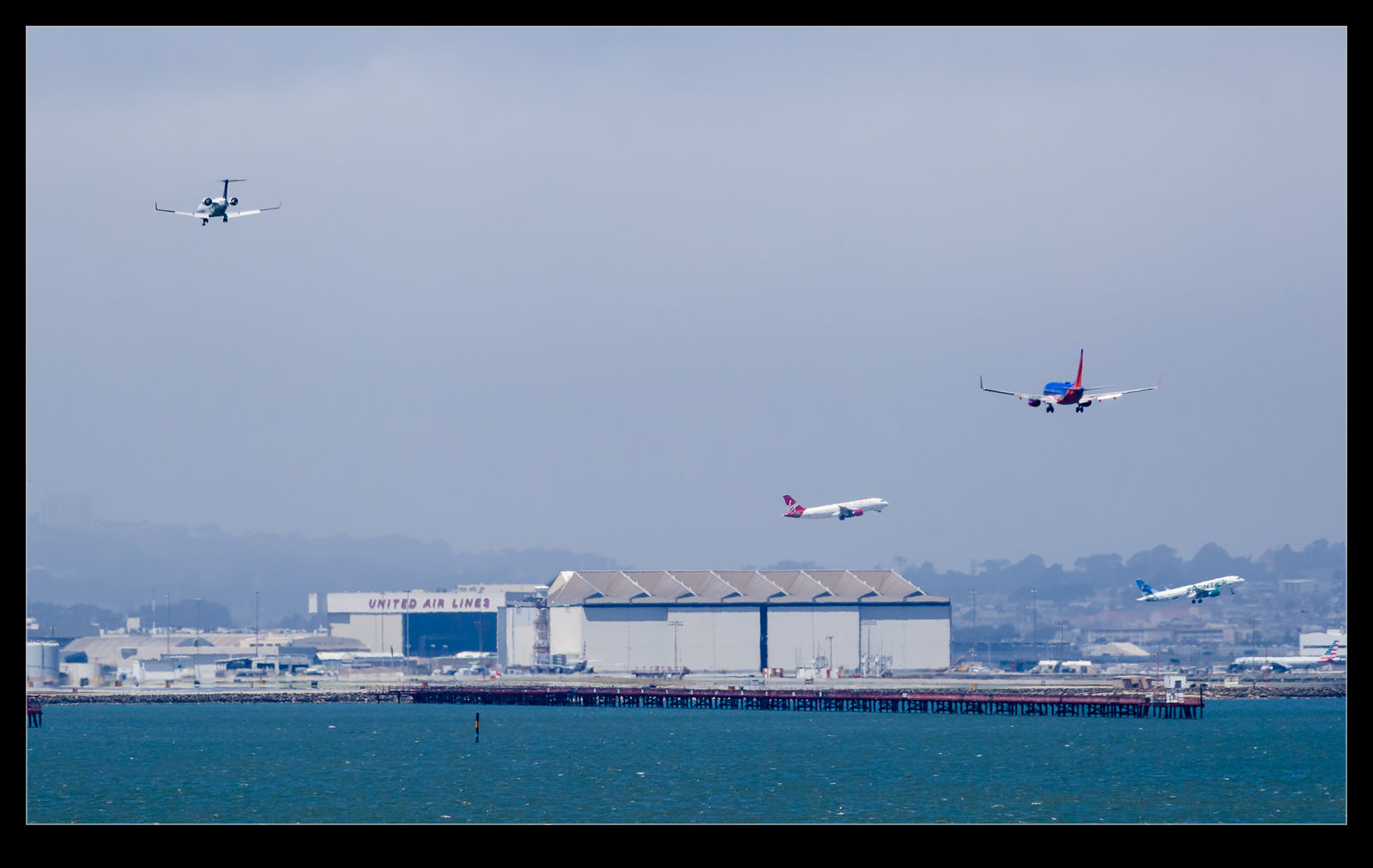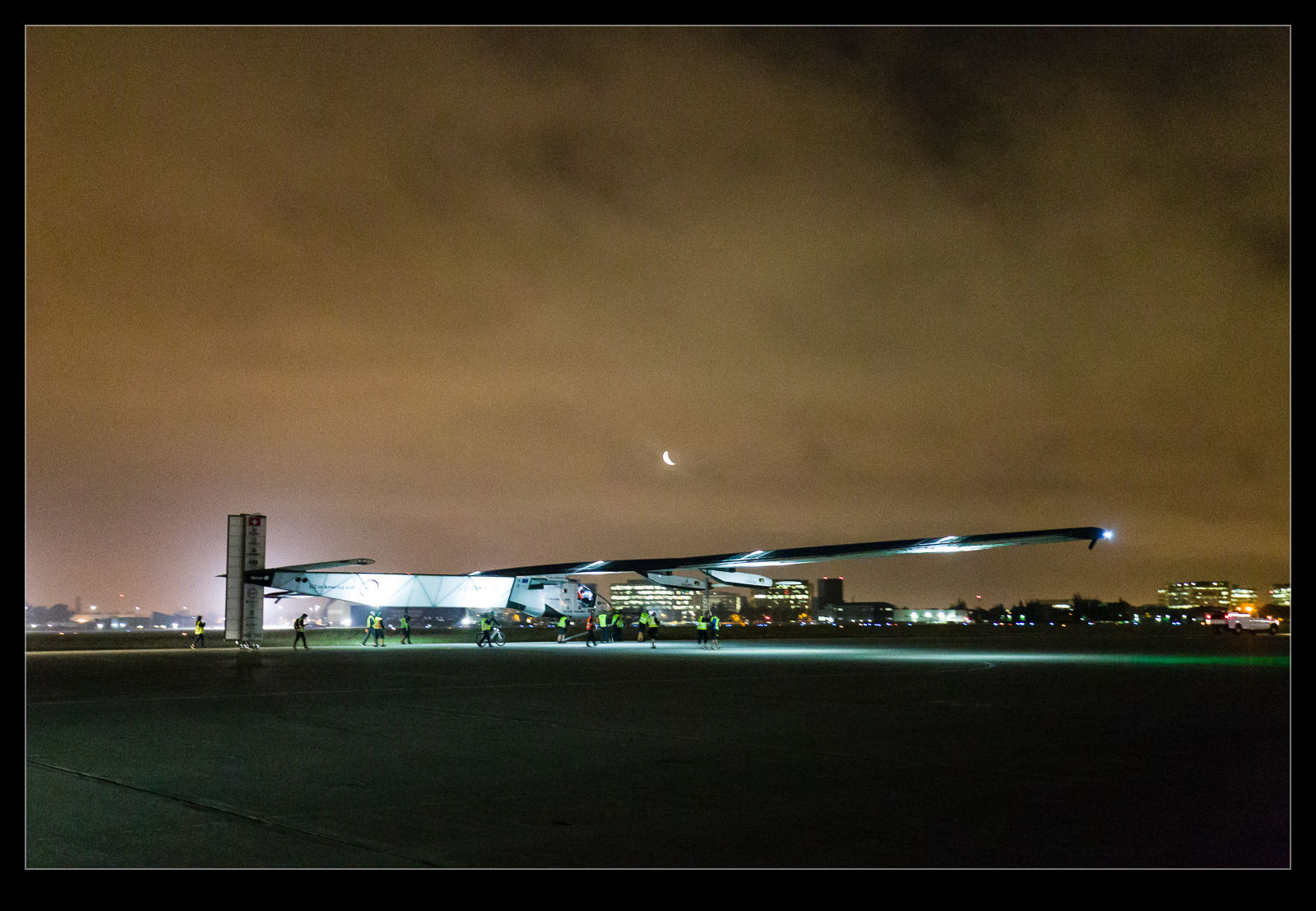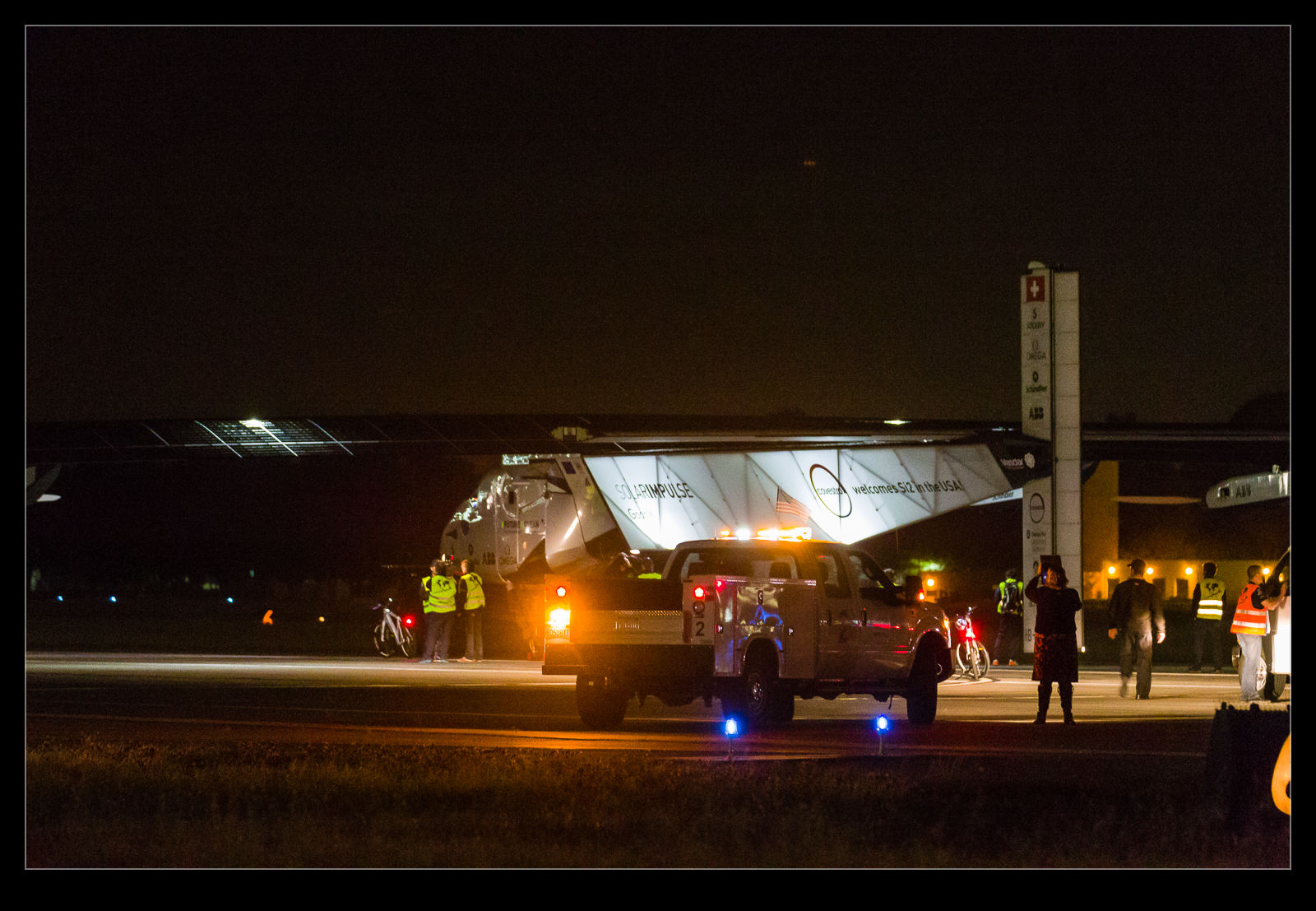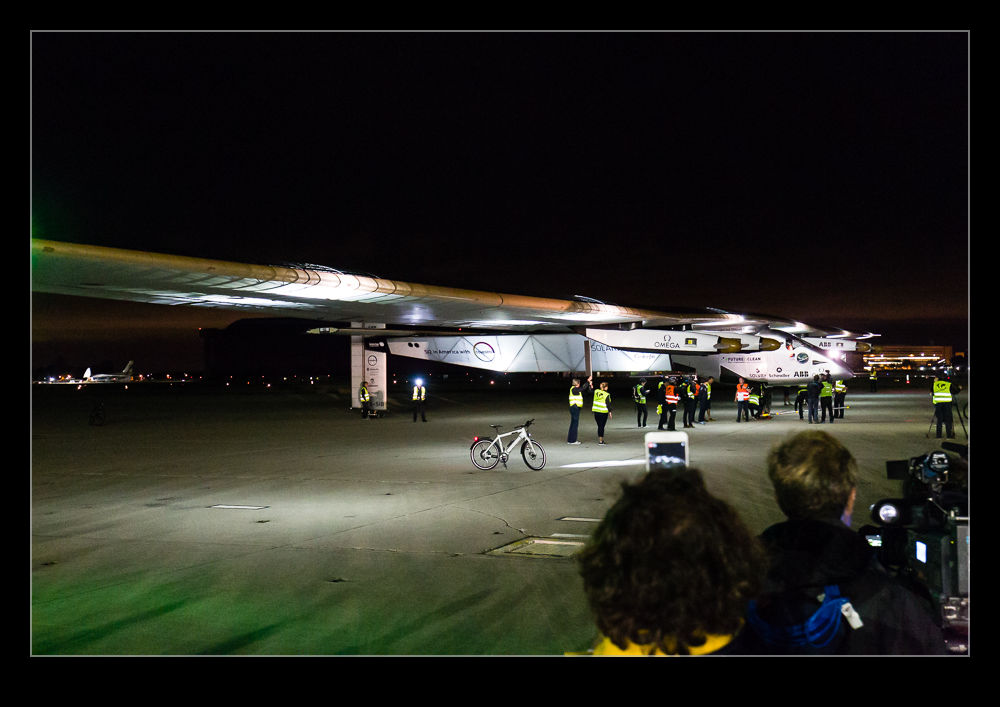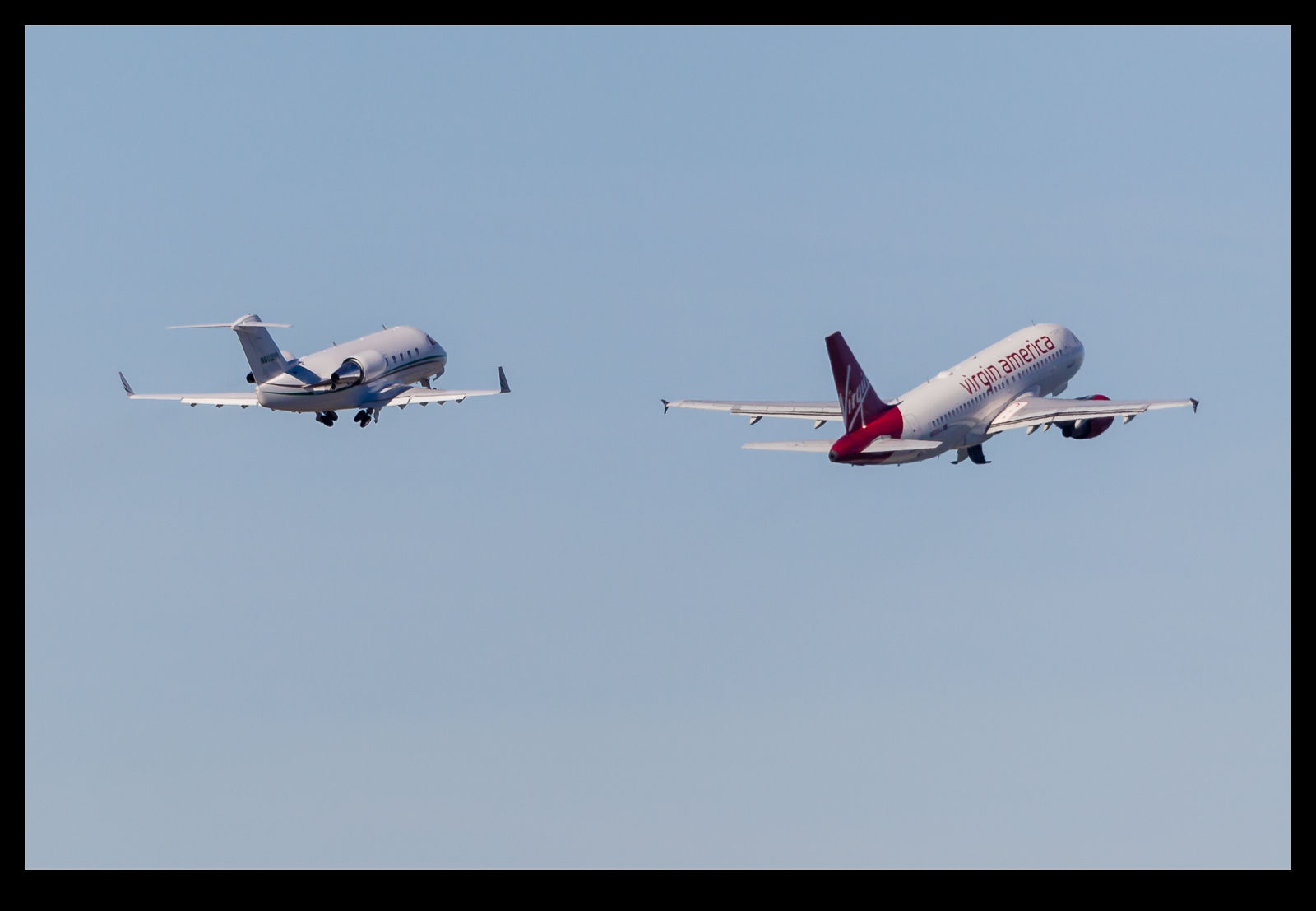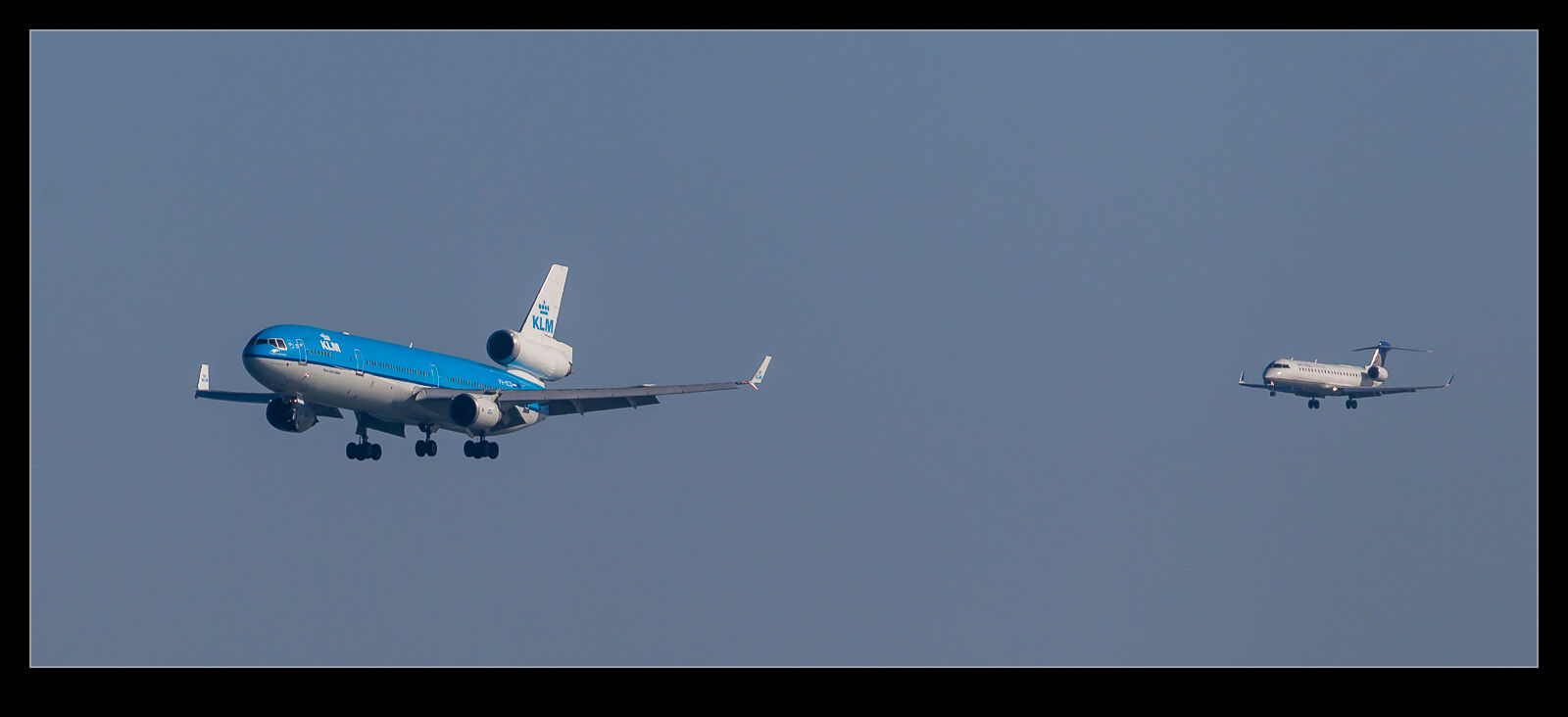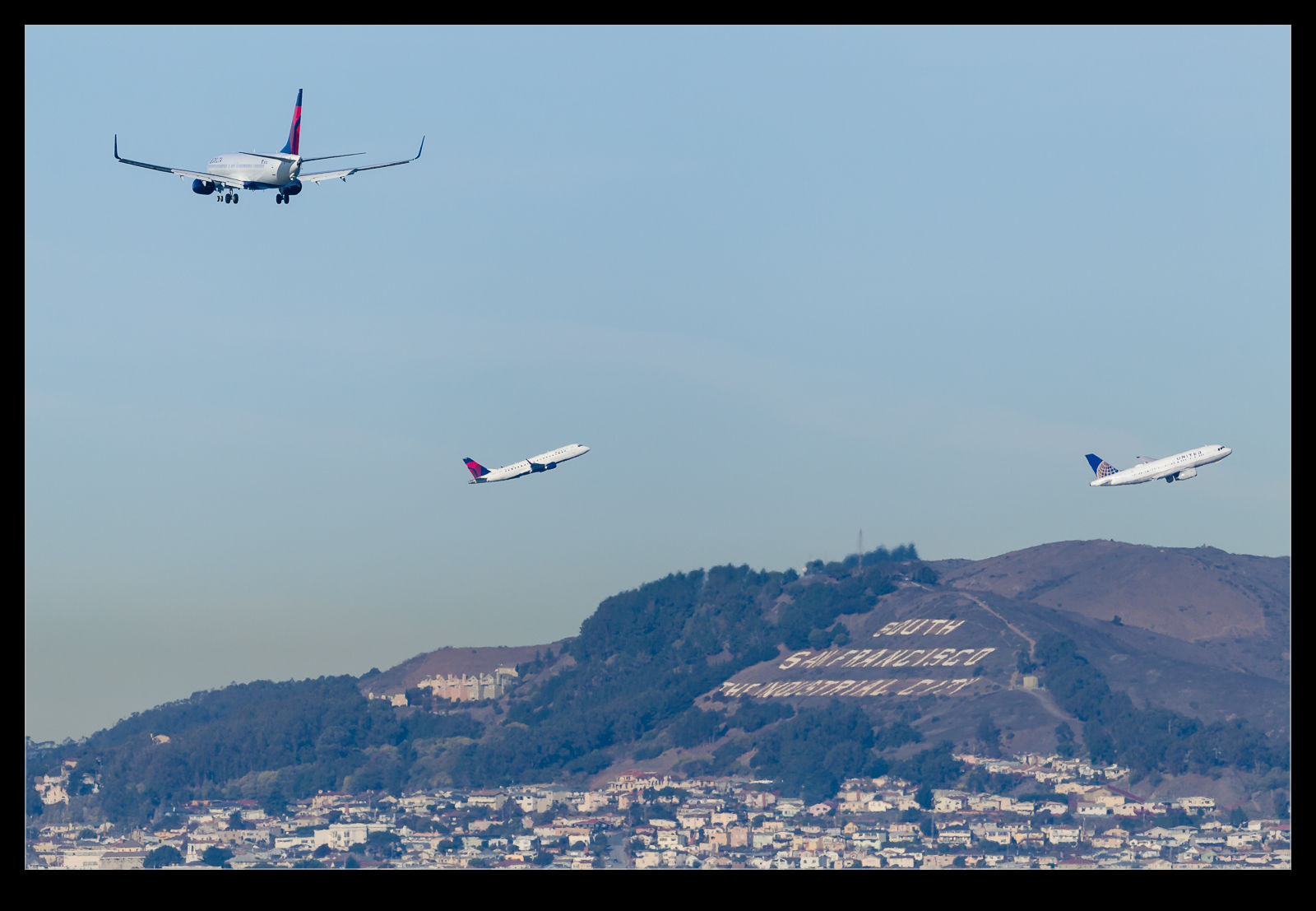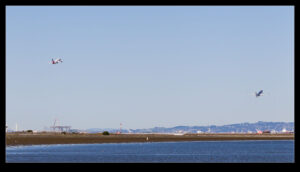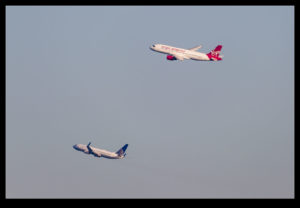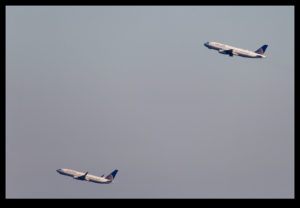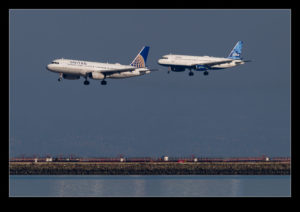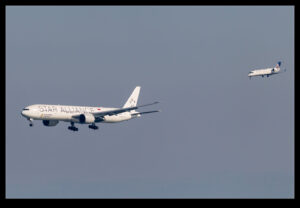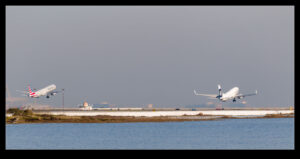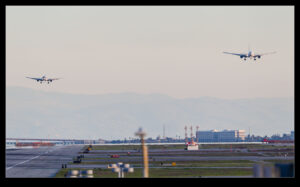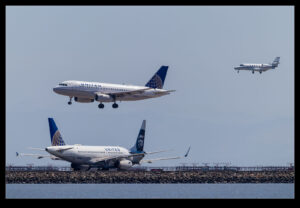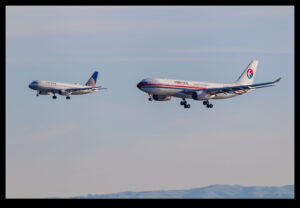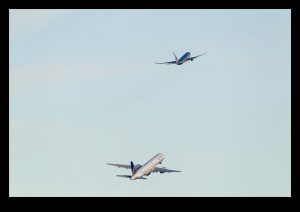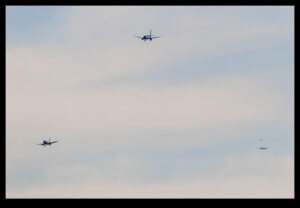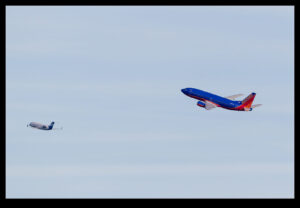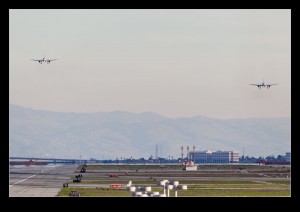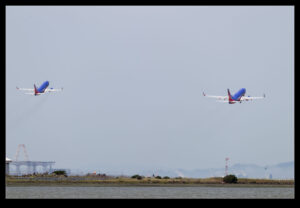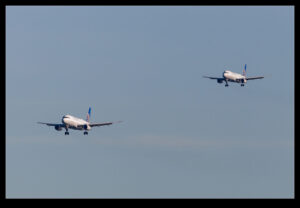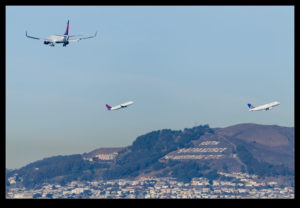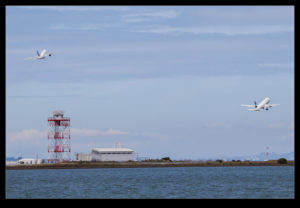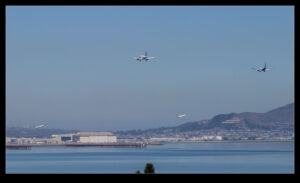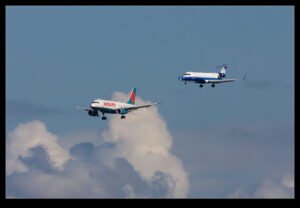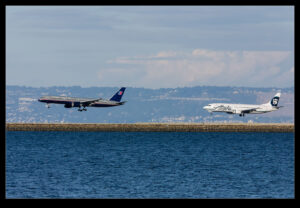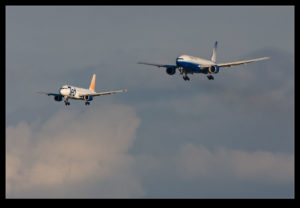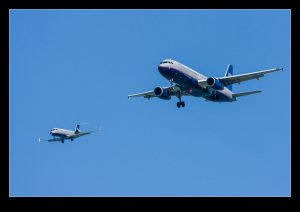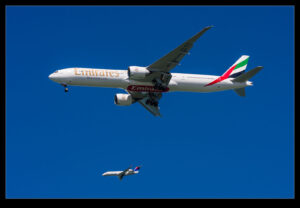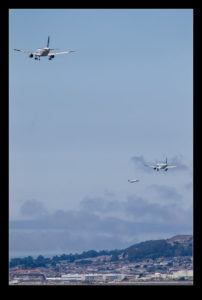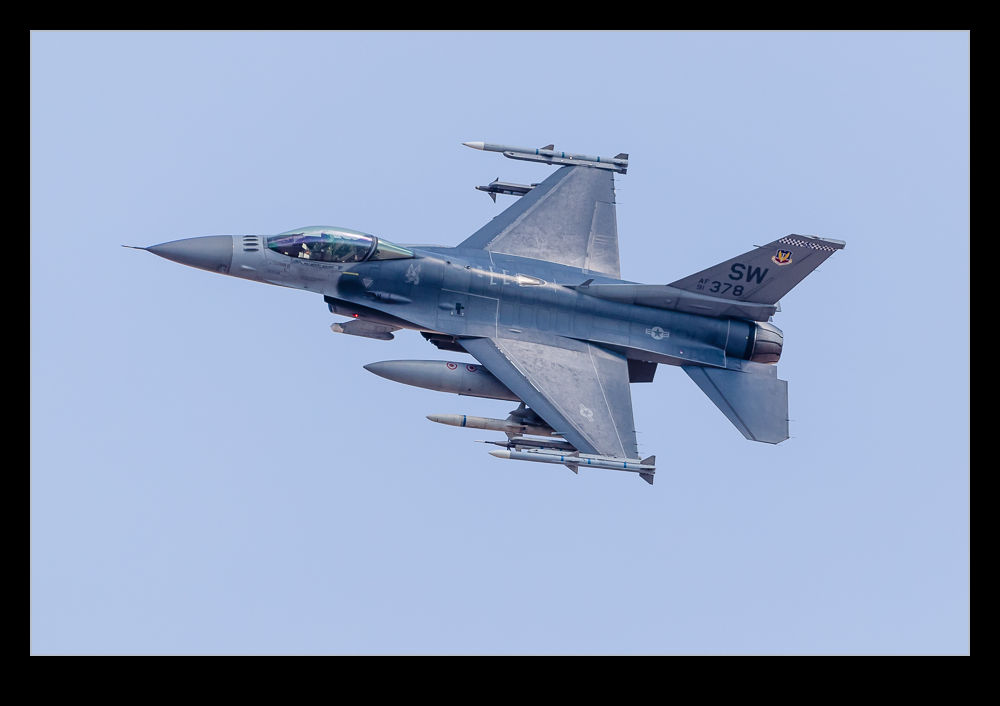 Regular visitors to Nellis will know this and can move along. For those that haven’t shot there, Nellis departure routes when taking off from the 03 runways can be one of two things. The jets tend to climb quickly and they are offset from the usual photography location alongside the speedway. You can get shots but they are pretty samey with side on shots of the jets further away or slightly underside shots of the jets coming off 03L.
Regular visitors to Nellis will know this and can move along. For those that haven’t shot there, Nellis departure routes when taking off from the 03 runways can be one of two things. The jets tend to climb quickly and they are offset from the usual photography location alongside the speedway. You can get shots but they are pretty samey with side on shots of the jets further away or slightly underside shots of the jets coming off 03L.
 However, anything that is playing as Red Air tends to take a Flex departure. This involves a break to the left from the normal route with a different heading to take the, to the ranges to deal with the incoming Blue force. The aggressors tend to flex most of the time. The other aircraft that may be augmenting the aggressors might flex too. The nice feature of this is that they break towards you. Then you are playing a guessing game as to how quickly they will break. You pick a spot along the road and hope that they will come your way. Sometimes they will turn tight and catch you out. Other times they will delay a bit and still be far away from you. At their speed, it doesn’t take much to increase the distance from where you are. At least you get more dynamic shots.
However, anything that is playing as Red Air tends to take a Flex departure. This involves a break to the left from the normal route with a different heading to take the, to the ranges to deal with the incoming Blue force. The aggressors tend to flex most of the time. The other aircraft that may be augmenting the aggressors might flex too. The nice feature of this is that they break towards you. Then you are playing a guessing game as to how quickly they will break. You pick a spot along the road and hope that they will come your way. Sometimes they will turn tight and catch you out. Other times they will delay a bit and still be far away from you. At their speed, it doesn’t take much to increase the distance from where you are. At least you get more dynamic shots.
